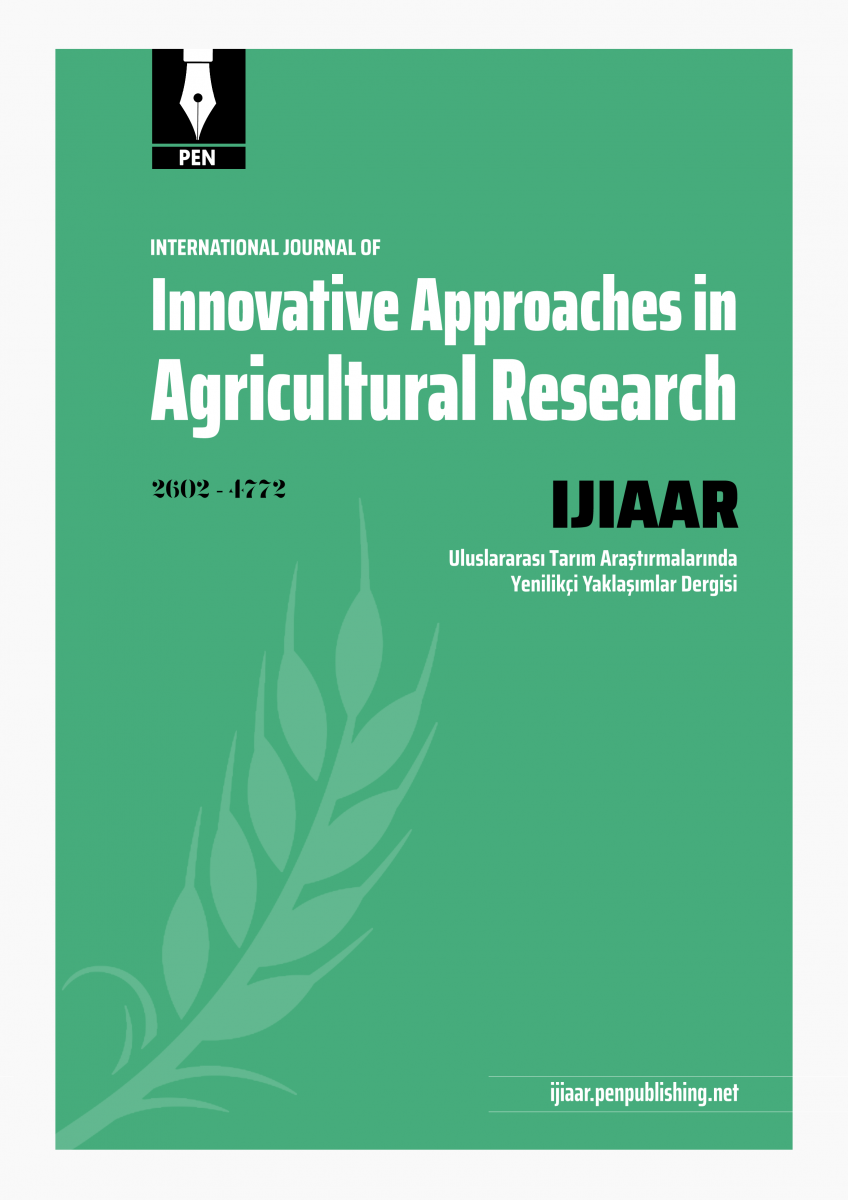- Aswort, S. (2002). Seed to Seed. Published by Seed savers exchange Inc, Decorah, Iowa, USA, 228. [Google Scholar]
- Atherton, J. G., J., Craigon and E. A. Basher (1990). Flowering and bolting in carrot. I. Juvenility, cardinal temperatures and thermal times for vernalization. J. Hortic. Sci., 65 (4), 423-429. [Google Scholar]
- Chira, E., R. Badea and G. Sbîrciog (2008). Researches concerning the receptivity of the carrot flower (Daucus carota L.) stigma depending on the morphological type of the flower and temperature. Bulletin of the University of Agricultural Sciences & Veterinary Medicine Cluj-Napoca. Horticulture, 65 (1), 473-473. [Google Scholar]
- Corbineau, F., M. A. Picard, A. Bonnet and D. Côme (1995). Effects of production factors on germination responses of carrot seeds to temperature and oxygen. Seed Sci. Res., 5 (3), 129-135. [Google Scholar]
- Craigon, J., J. G. Atherton and E. A. Basher (1990). Flowering and bolting in carrot. II. Prediction in growth room, glasshouse and field environments. J.Hortic. Sci., 65 (5), 547-554. [Google Scholar]
- Dimova, D. and E. Marinkov (1999). Experimental design and biometry, Publish house of Agricultural University-Plovdiv, 65-79. (Bg). [Google Scholar]
- Duczmal, K. W. and K. Tylkowska (1997). Carrot seed market and prospects for carrot seed production in Poland. J. Appl. Genet., 38, 5-12. [Google Scholar]
- Florea, C. N. and E. Stefănescu (2009). The phenophase study of one carrot range for obtaining production seed in the environmental condition at SCDL Buzău. Horticultură Seria B, 53, 118-122. [Google Scholar]
- Fowel, J. and L. Cohen (1992). Practicle statistics for field biology. John Wiley & Sons, New York, 100-223. [Google Scholar]
- George, R. (2004). Vegetable seed production. CABI Publishing. Walington, Oxon, UK, 328. [Google Scholar]
- Gray, D., J. R. A. Steckel and J. A. Ward (1983) Studies on carrot seed production: effects of plant density on yield and components of yield. J. Hortic. Sci., 58 (1), 83-90. [Google Scholar]
- Gray, D., J. Steckel, J. Dearman and P. Brocklehurst (1988). Some effects of temperature during seed development on carrot (Daucus carrota), seed growth and quality. Ann. Appl. Biol., 112, 367-376. [Google Scholar]
- Kahangi, E. M, J. A. Chweya, L. S. M. Akundabweni and D. M. Munyinyi (1996). Effect of natural and artificial chilling in carrot Daucus carota L. at different locations in Kenya. II. Effect on seed maturity, seedstalk height, umbel number, seed yield and subsequent germination of the harvested seed. J. Hortic. Sci., 71 (5), 813-818. [Google Scholar]
- Kouzmova, K. (2003). Agrometeorology. Academic press of Agricultural University, Plovdiv, 147-154. (Bg) [Google Scholar]
- Kushwaha, M. L. (2009). Effect of spacing and various levels of nitrogen on seed crop of carrot (Daucus carota L.). Pantnagar J. Res.,7 (1), 73-76. [Google Scholar]
- Panayotov, N. (2010). Heterogeneity of carrot seed in depends on their position on the mother plant. Folia Hortic., 22 (1), 25-30. [Google Scholar]
- Potapsky, U. (2015). Influence of sowing terms on the field germination of seed and phenophase of growth and development of carrot. ScienceRise, 8, (13) 94-97. [Google Scholar]
- Rao, V. K. and C. P. Maurya (1998). Effect of nitrogen and phosphorus on growth and seed production of carrot (Daucus carota L.) cv. Nantes. Prog. Hortic, 30 (3-4), 186-189. [Google Scholar]
- Ravinder, S. and H. S. Kanwar (2002). Effect of nitrogen and phosphorus levels on growth and seed yield of temperate carrot cultivar Nantes. Himachal J. Agric. Res. 28 (1-2),40-42. [Google Scholar]
- Sadras V. O., F. J. Villalobos and E. Fereres (2016). Crop Development and Growth. In: Villalobos F., E. Fereres (eds.) Principles of Agronomy for Sustainable Agriculture. Springer, Cham, 141-158. [Google Scholar]
- Satyaveer, S., B. K. Nehra and Y. S. Malik (1994). Carrot seed yield and quality as influenced by different order umbels under varying nitrogen, plant density and geometry. Crop Res. (Hisar) 8 (3), 543-548. [Google Scholar]
- Singh, A. K. (1996). Effect of nitrogen and potash on seed yield of carrot (Daucus carota L.) cv. Pusa Kesar. Crop Res. (Hisar) 12 (2),182-184. [Google Scholar]
- Sparks, T. H., E. P. Jeffree and C. E. Jeffree (2000). An examination of the relationship between flowering times and temperature at the national scale using long-term phenological records from the UK. Int. J. Biometeorol., 44, 82–87. [Google Scholar]
- Stepuro, M. F. (2018). Chemical composition of seeds, removal and balance of the nutritive elements in soil in seed production of carrot and fennel in greenhouse conditions . Ovoshchevodstvo (Belarus), 14, 256-264. [Google Scholar]
|

